How and why would we want to protect our electrical wires? Electrical wires, when left open can be a hazard.
A jacketed cable surrounds two or more wires running alongside each other to form one protected cable. It is a protective outer covering for your wires. It can also be referred to as a Sheath. The cable jacket itself acts as the first line of defense for the inner components, keeping them protected and safe. There are inner and outer cable jackets on some cables.
An added layer of protection, the inner cable jacket, provides additional safety to the components, from elements like; weather, water, and chemicals. Inner components are likely copper and would need protection from damage or elements. Another reason for needing protection would prevent pinching, splitting, cutting, or breaking of any kind to the cable. For example, in marine use boats can accidentally crash or impact the jacket, causing possible breaking. Having a cord that provides double protection is a good second line of defense.
Some cable jackets will feel different to the touch. Most AC WORKS® brand products are designed with cable jackets made of two materials; Thermoplastic (PVC) and Rubber. You may have noticed on the outside of the cable, a printed text. The printed code on the jacket represents all the cable information you will need, by North American standards.
The common cable jacket types used by AC Works brands are; SJTW, STW, STOW, and SOOW.

SJTW is a hard service cord, Thermoplastic (PVC) constructed jacket, 300 Volt-insulation, weather-resistant for outdoor use.
STW is an extra hard service cord. Thermoplastic (PVC) constructed jacket, 600 Volt-insulation, and weather-resistant for outdoor use.
STOW is an extra hard service cord. Thermoplastic (PVC) constructed jacket, 600 Volt-insulation, weather-resistant for outdoor use along with an added outer jacket for oil resistance.
SOOW is a rubber service cord. It is 600 Volt-insulated. The inner and outer jackets are oil-resistant and the cord is weather resistant.
The 600 Volt-insulated cable jackets are preferred, over the 300 Volt, for outdoor use with RV, Marine, and similar. They are thicker and are harder to cut, break or rip through in the outdoor elements.
TIP: There are chemicals in oil that can break down the jacket, which requires a need for oil resistance. The outer and inner jackets are oil-resistant because oil can get into the outer jacket, so the inner jacket is there to provide further protection to the copper components.
The voltage on the jacket not only insulates the components but can block electricity from being released through the cable. Having the cable jacket allows for safe handling of the cables and components.
One O means only the outer jacket is oil resistant.
Two O – OO is the inner and outer jacket is oil resistant.
If it does not have a W – then it is NOT weather resistant.
The video below will show an example of the insides of a cable jacket, in detail.

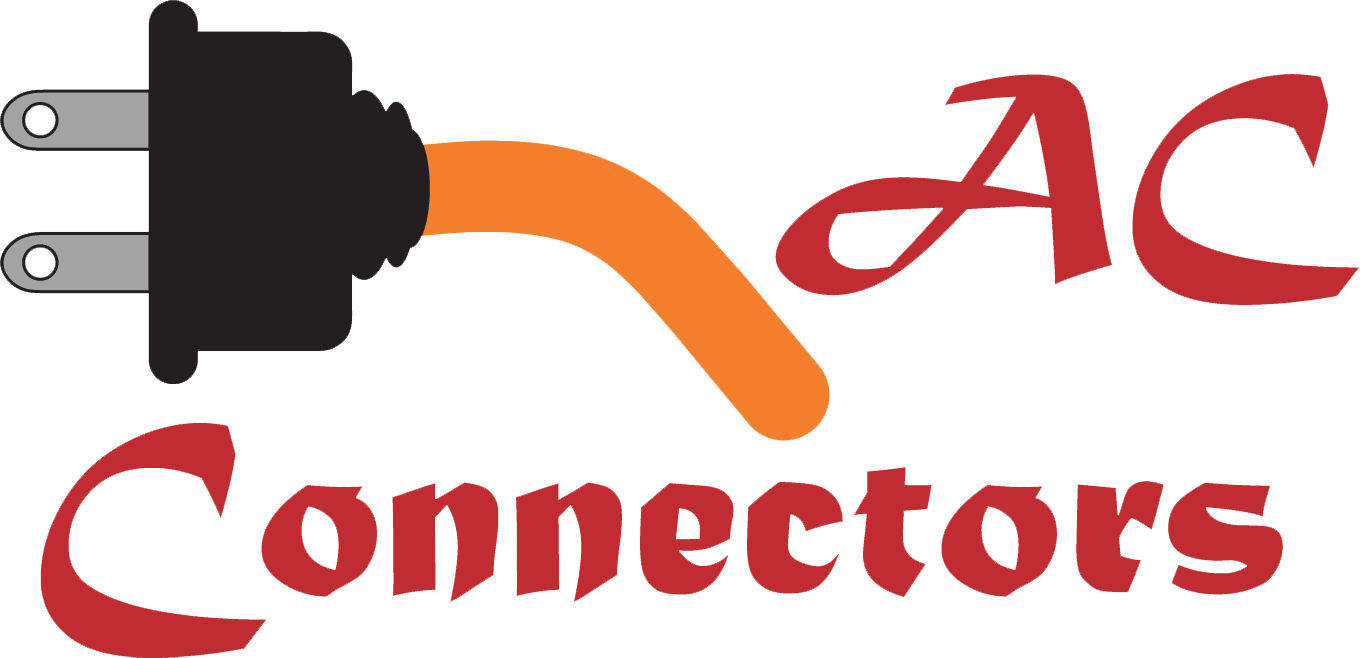

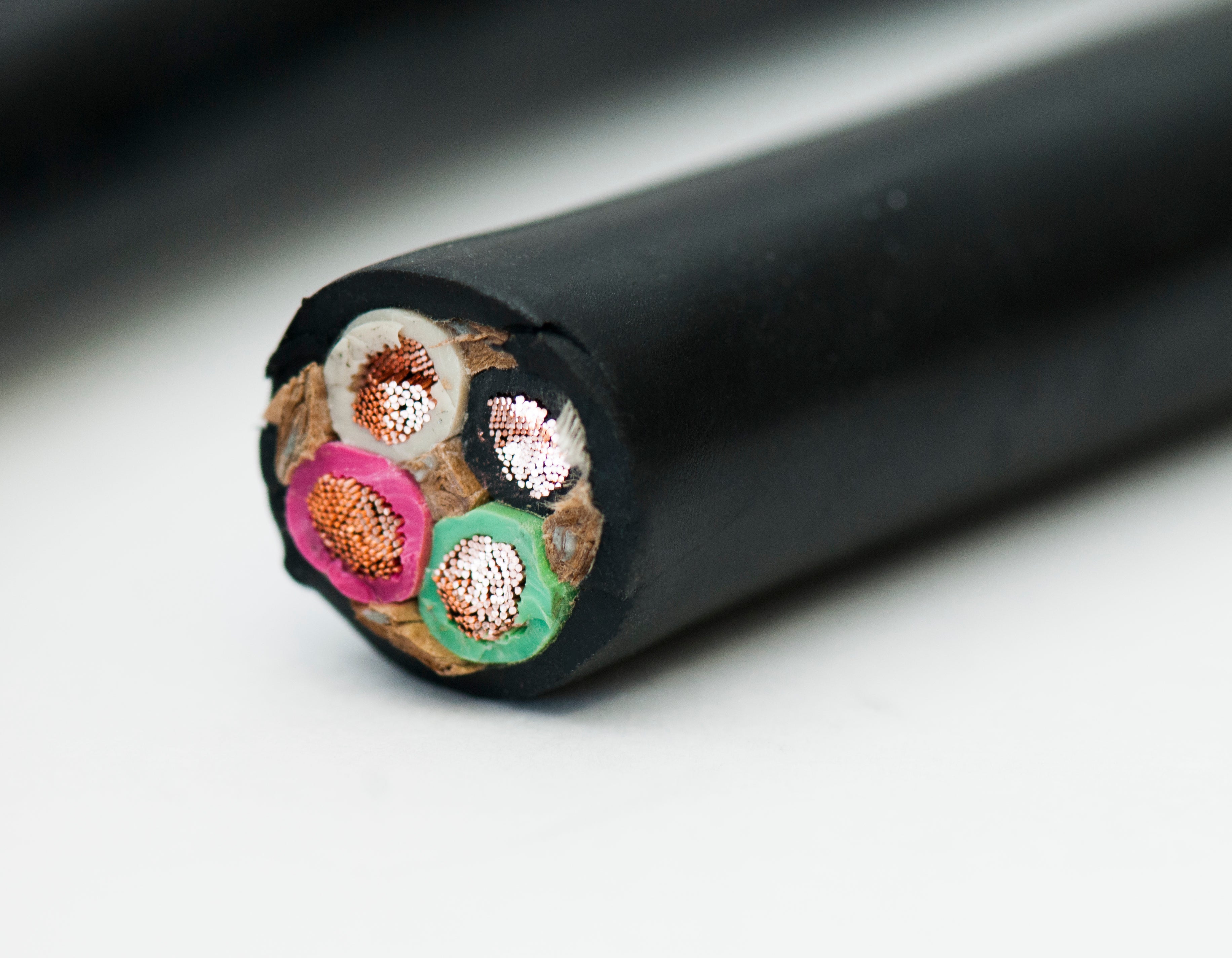
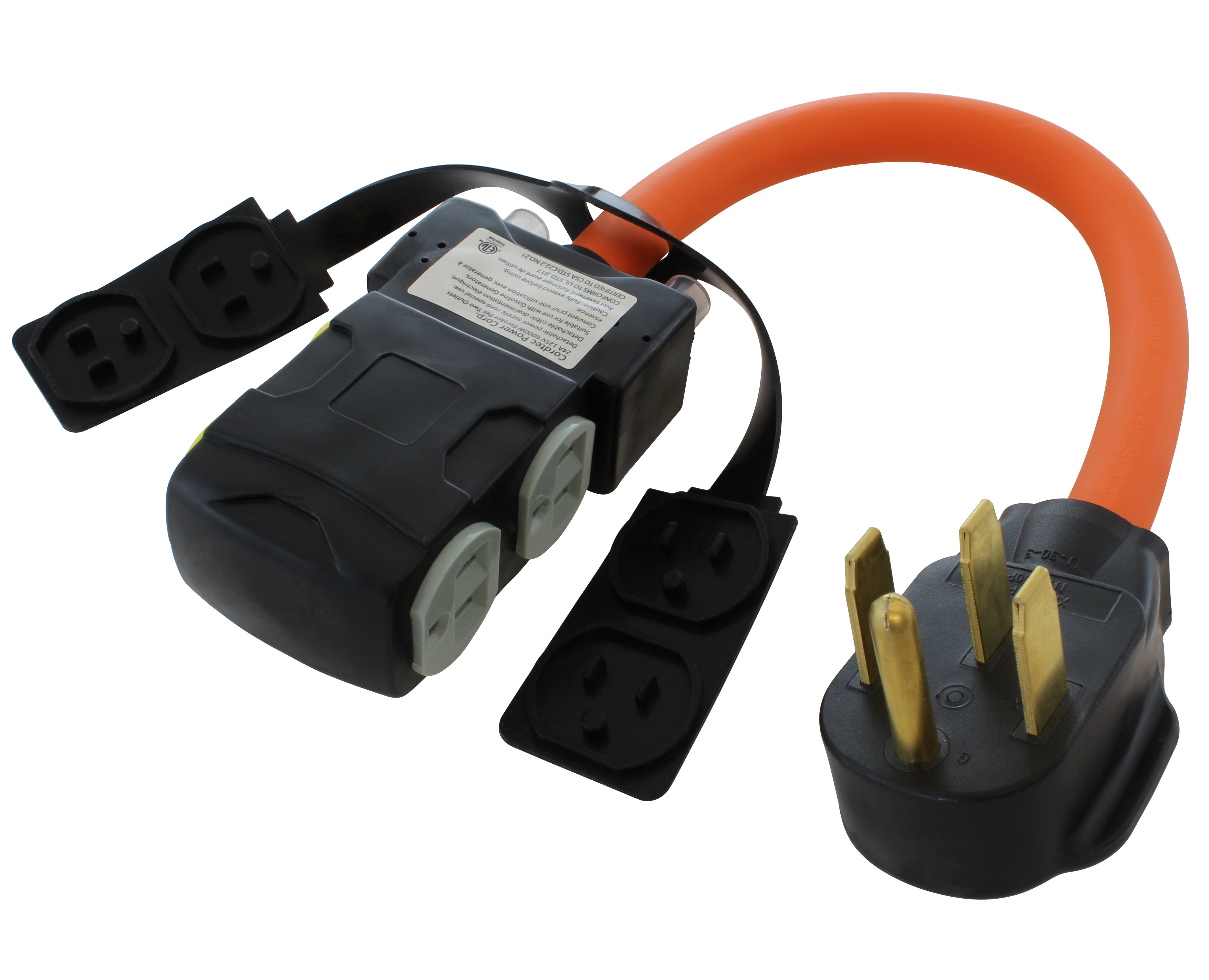
![AC WORKS® [ASINSS2PBX-G] 50A Locking 4-Wire CS6375/ SS2-50 Heavy-Duty Transfer Switch Inlet Box](http://acworks.com/cdn/shop/files/ASINSS2PBX-0_0206b362-7c90-42a5-8754-0685c13dab7e.jpg?v=1758051675&width=2500)
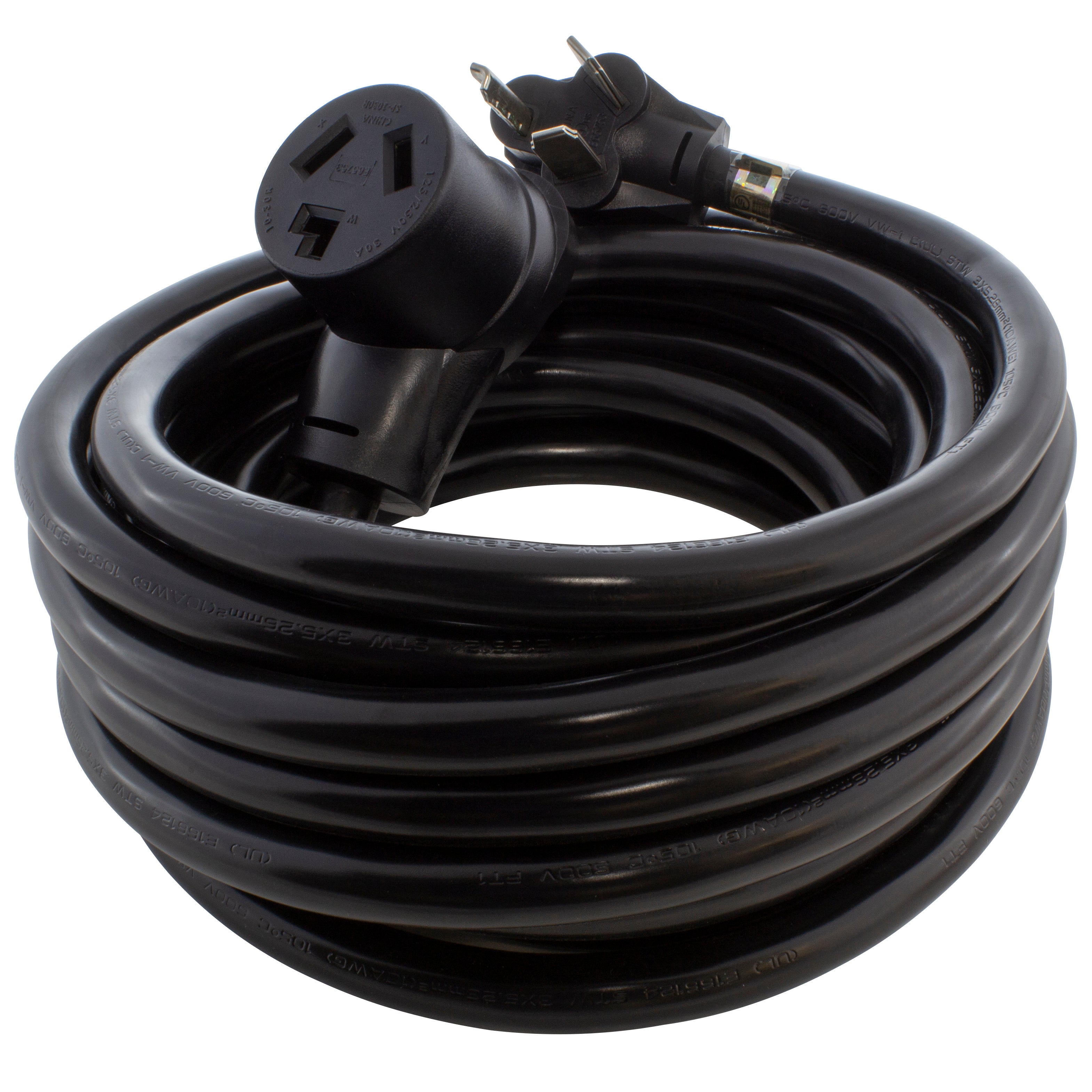
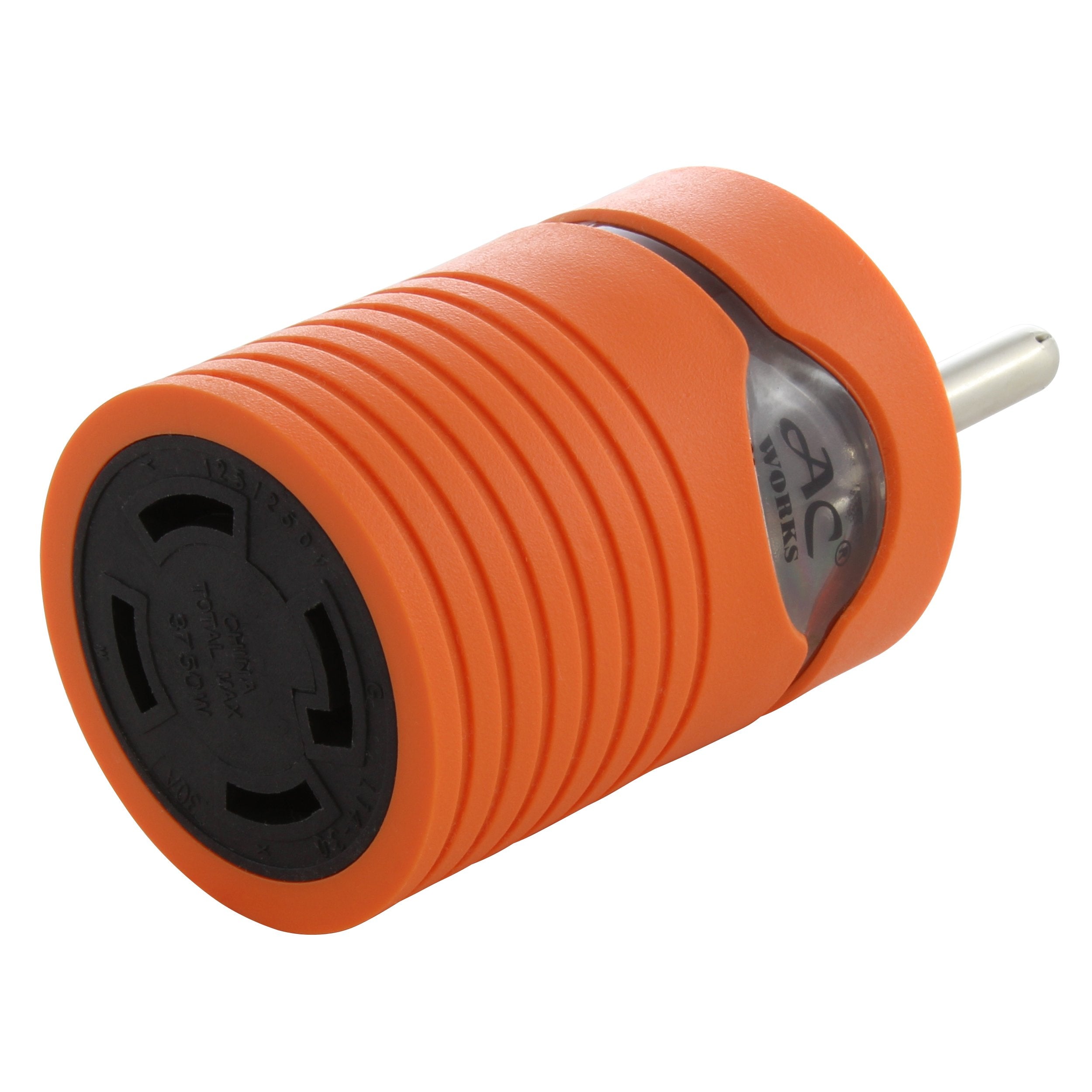
![AC WORKS® [S1430CBF520] 1.5FT 14-30P 4-Prong Dryer Plug to (4) Household Outlets with 24A Breaker](http://acworks.com/cdn/shop/products/S1430CBF520.jpg?v=1666103519&width=4656)

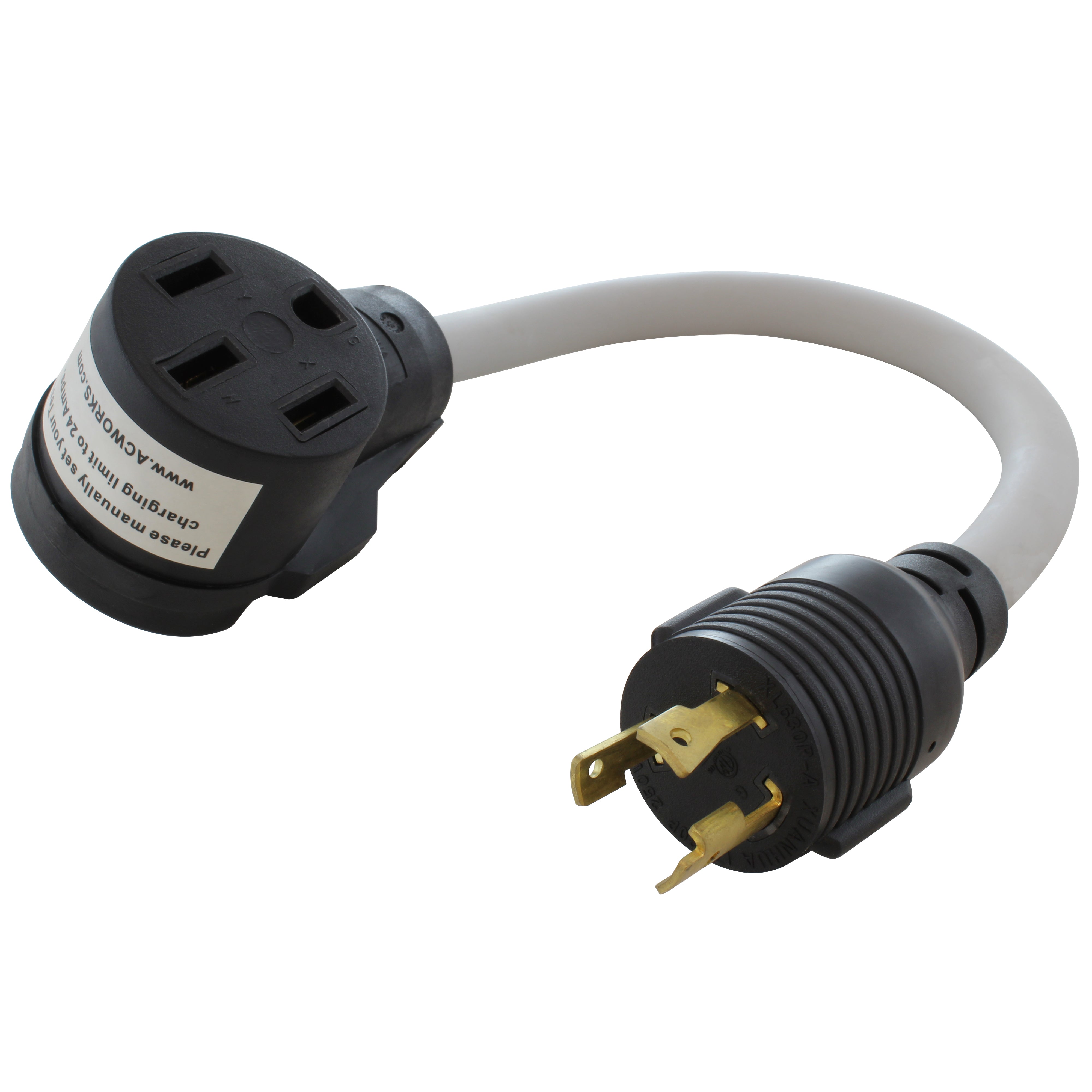
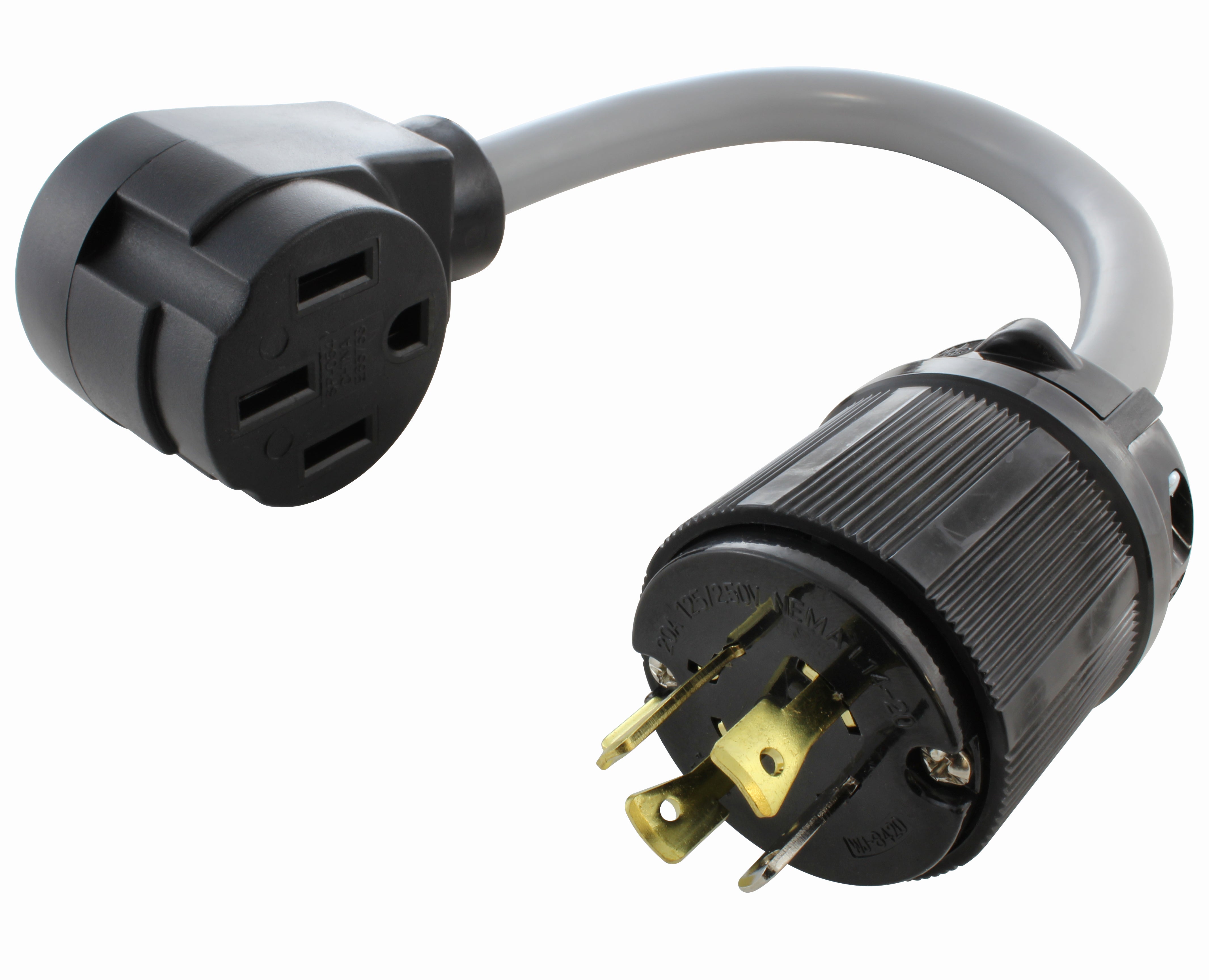
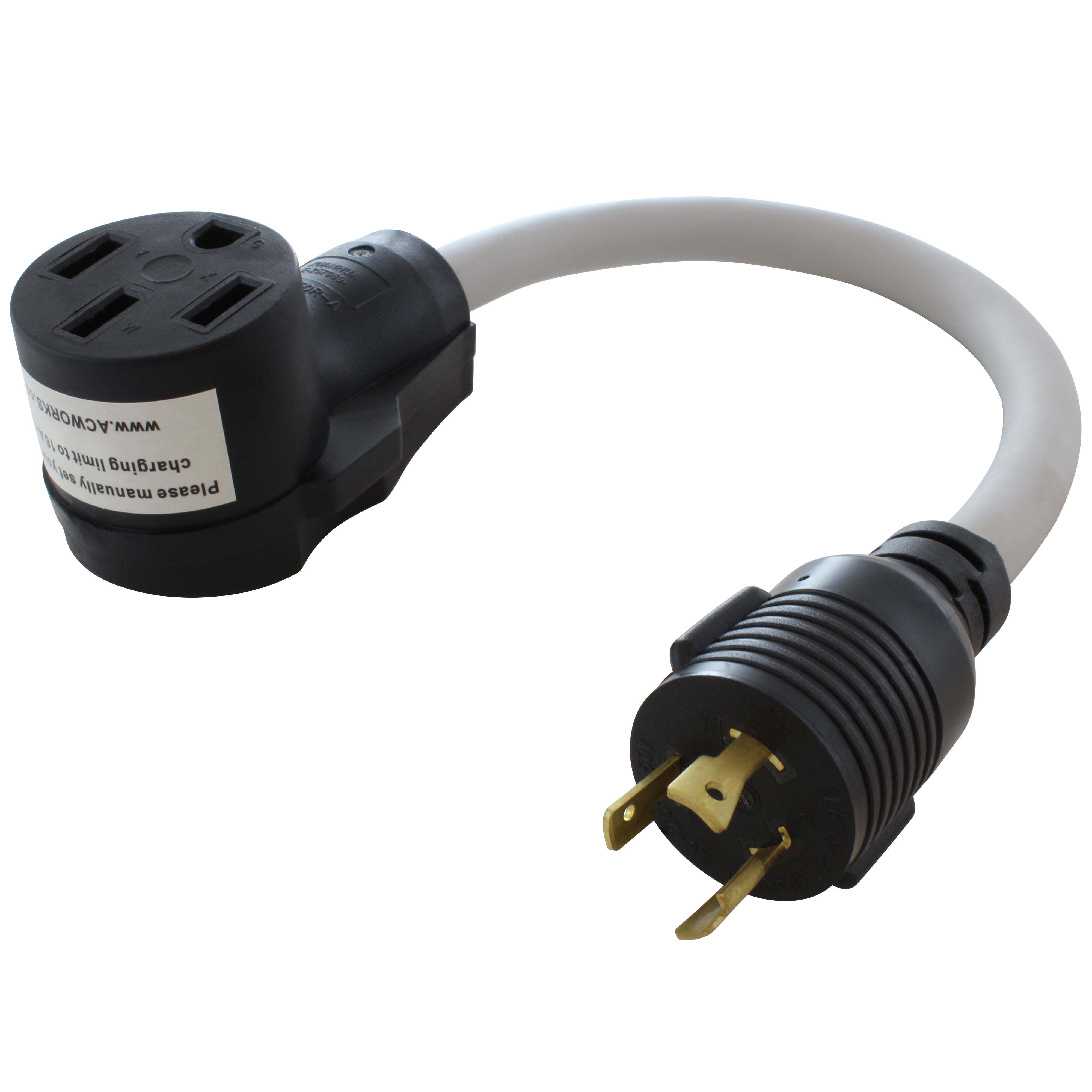


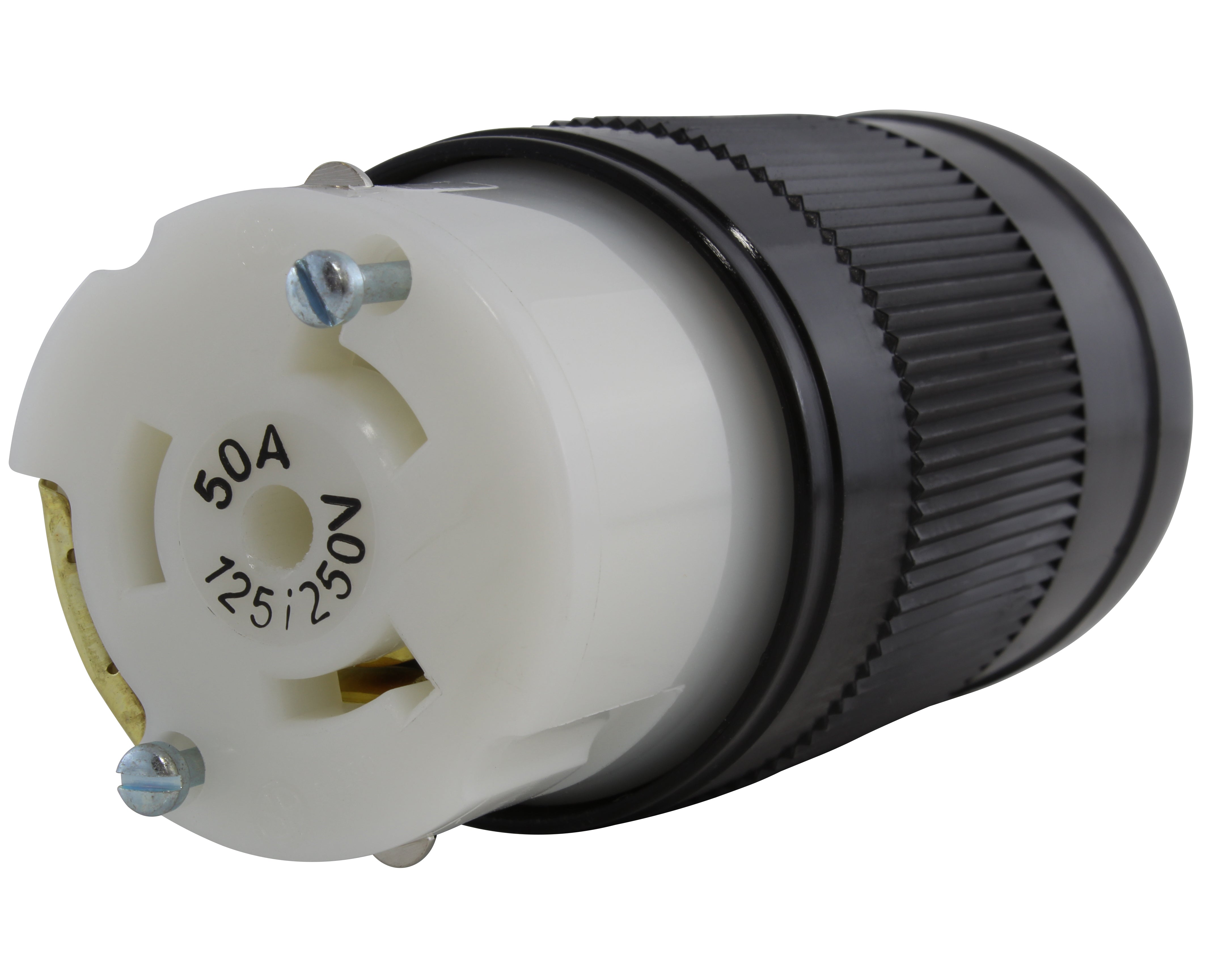
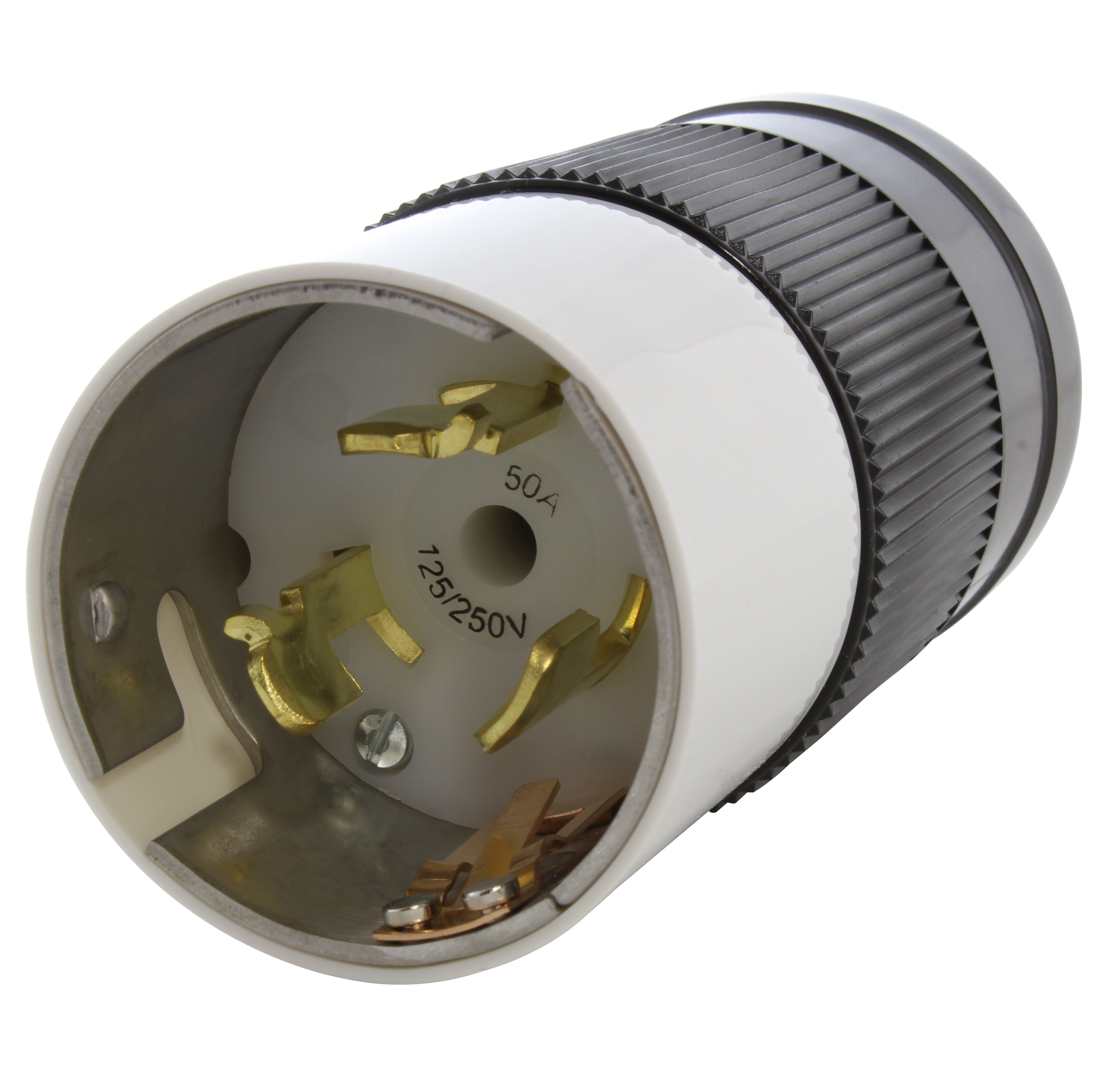
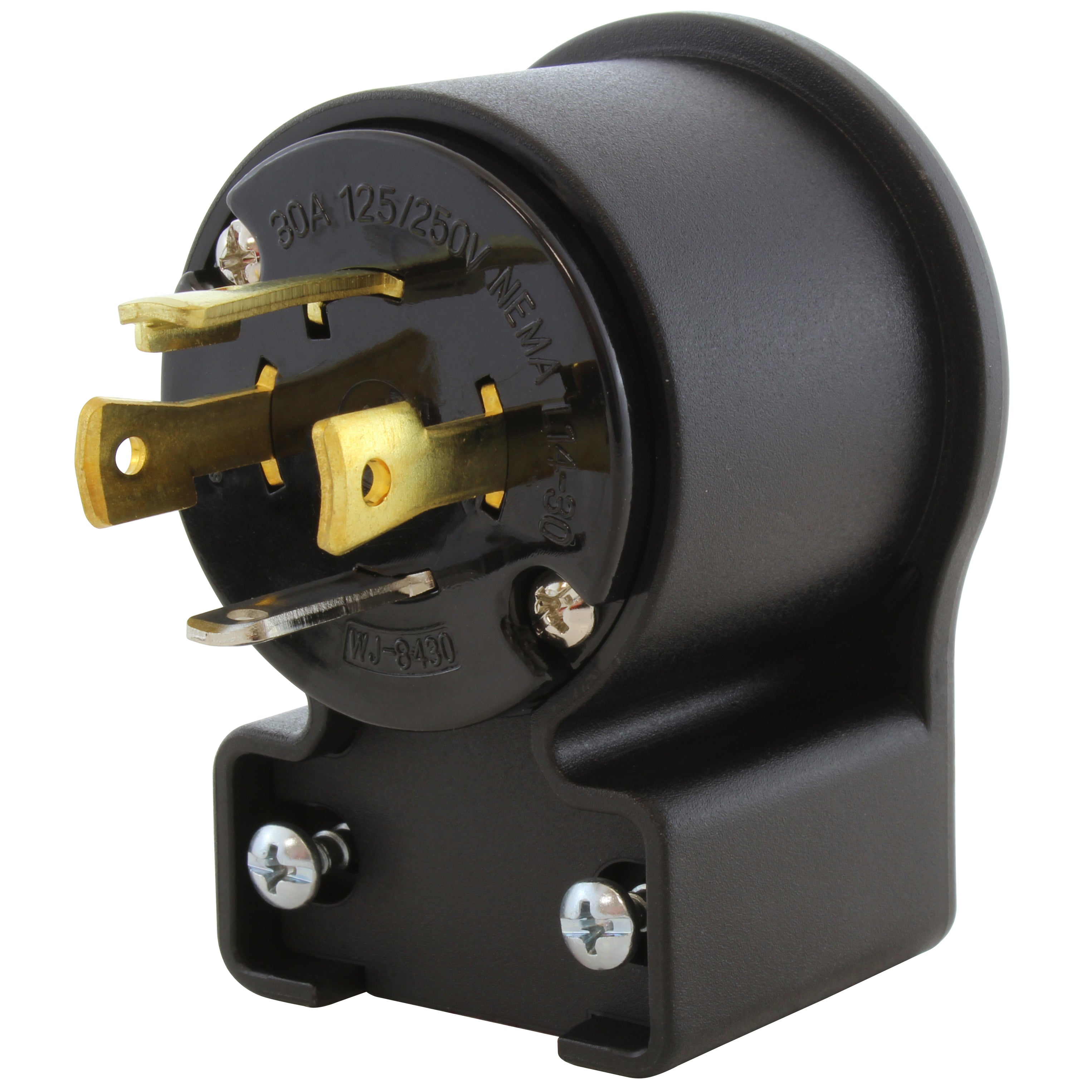

![AC WORKS® [ADV104] 3-Prong Heavy-Duty V-DUO Household Outlet Adapter](http://acworks.com/cdn/shop/products/ADV104-0.jpg?v=1605738768&width=3128)
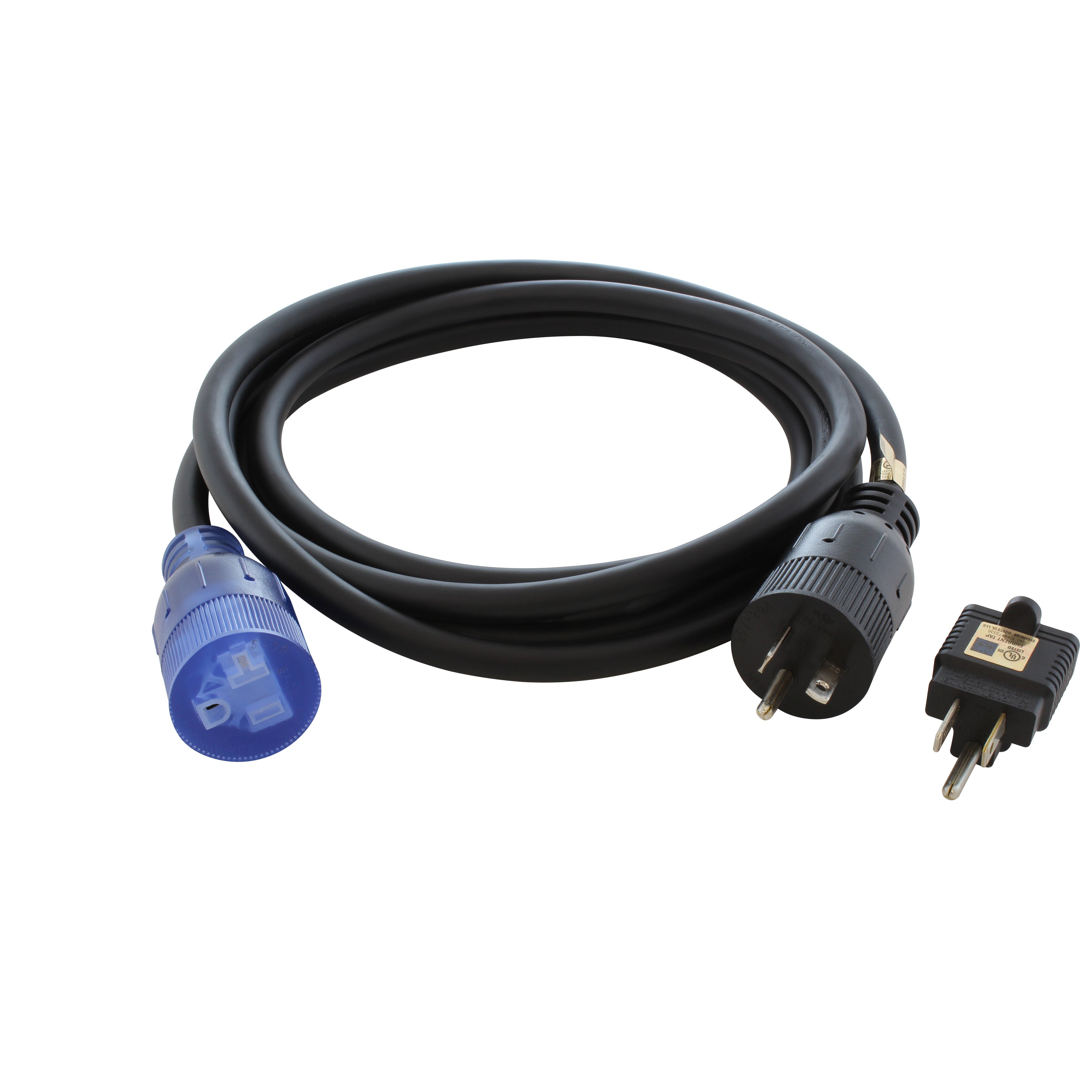
![AC WORKS® [XH515520] 15A to 15/20A 125 Volt Plug Adapter with ETL Safety Approval](http://acworks.com/cdn/shop/files/XH515520-0_daea425a-f439-48df-bb75-052167057f12.jpg?v=1729091519&width=2500)

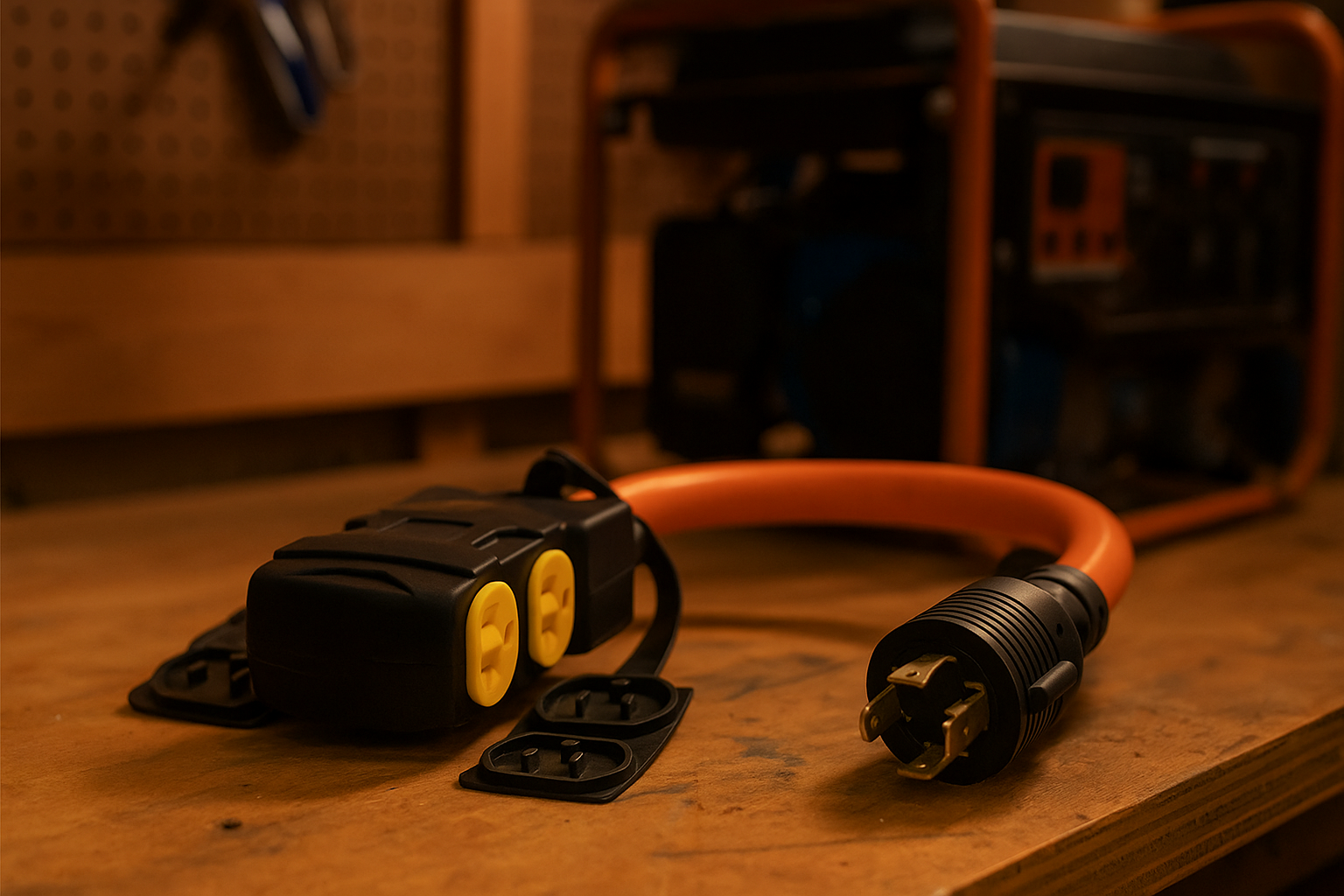
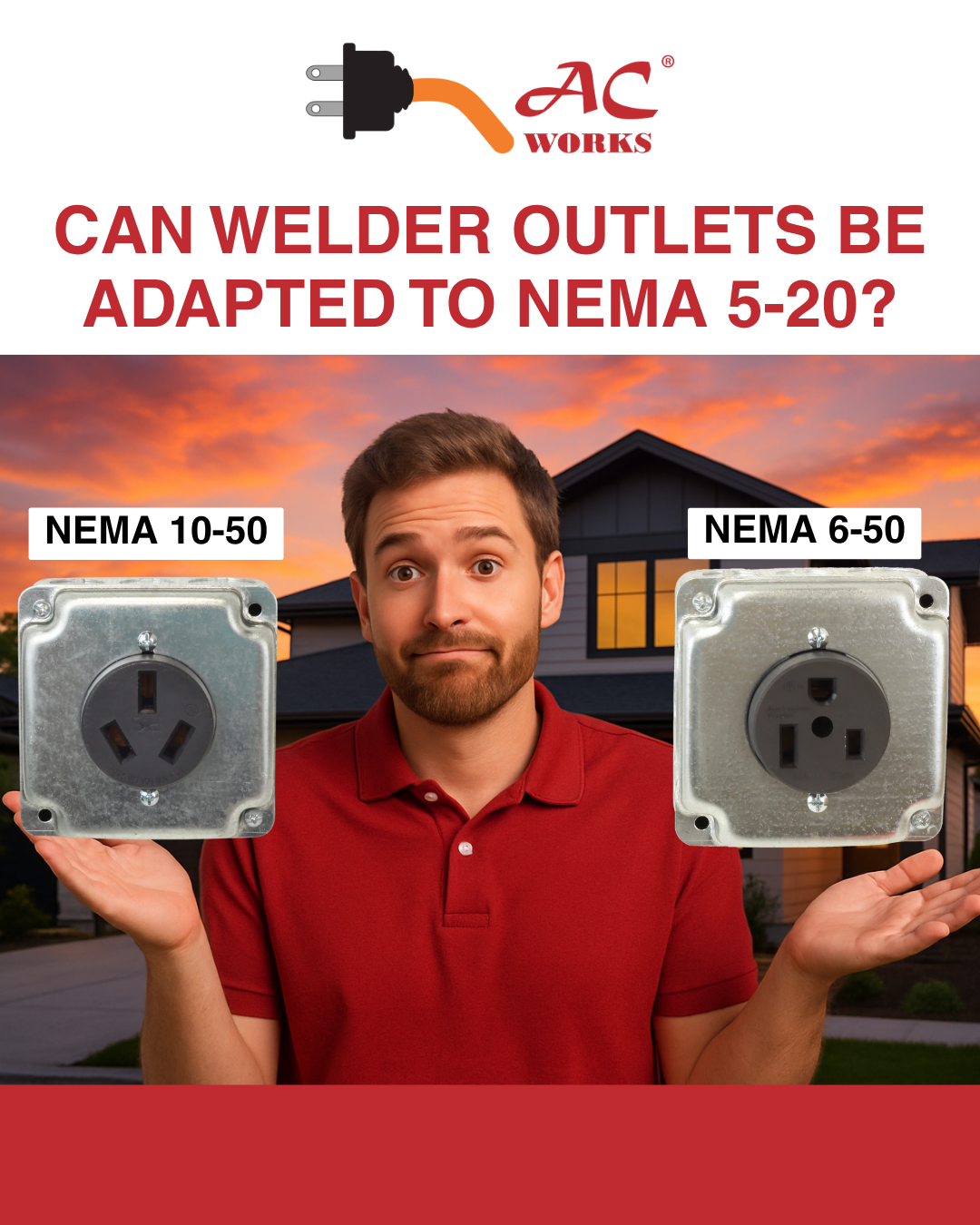
Share:
NEMA - National Electrical Manufacturers Association
Differences Between Watts, Amps and Volts Explained
1 comment
Hello acworks.com owner, Thanks for the well-organized post!